A U.S. Embassy and two Concentration Camps
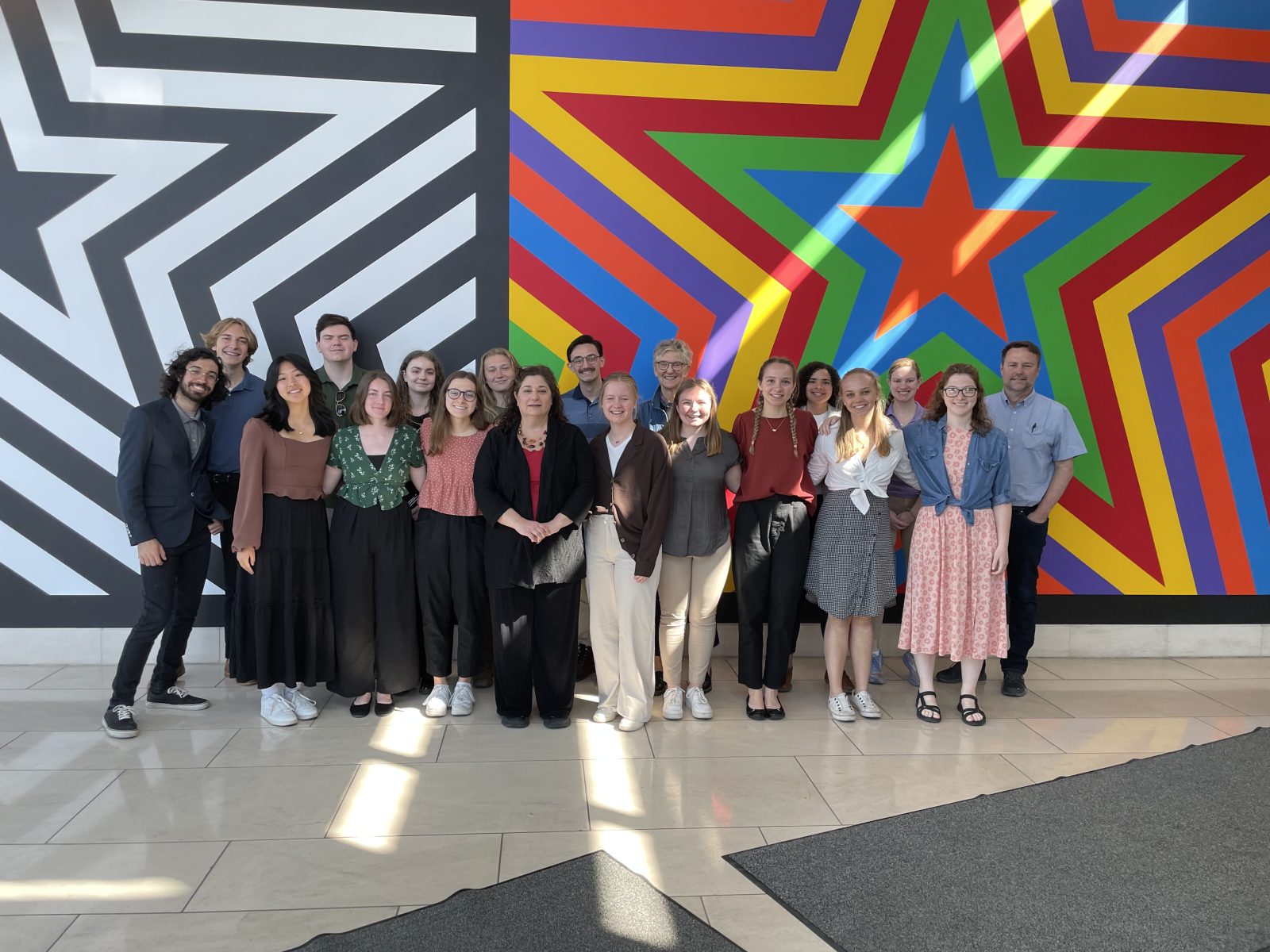
The last two days featured a meeting in the U.S. Embassy in Berlin with embassy personnel, and our first visit to a concentration camp…two, as a matter of fact. At the embassy we spent an hour or more with Cherrie Daniels, a cultural attaché with the department of public affairs, as well as a few of her graduate interns. We discussed the importance of holocaust awareness and education, and we were informed about some of the policy efforts and international agreements the U.S. State Dept. is spearheading to help return back to their home communities, at least in some fraction and in some capacity, the stolen property and assets of Jews who had been forcibly deported out of eastern Europe. The programs use these recovered resources in ways that are specifically targeted to facilitate a return of Jewish life to these communities. For instance, some of this money is being designated to start community centers, Jewish schools, etc. No cameras are allowed in the embassy. Here is the picture they took of us.
Later that afternoon we went to Sachsenhausen, a camp that was started on the norther outer-regions of Berlin just a few weeks before the opening of the Berlin Olympic games some 25 kilometers away. It was liberated by the Red Army (who then turned around and used it for their own isolationist purposes for several more years). This was a sobering and emotionally exhausting experience. It made Monday our hardest day thus far. Pictures are below.
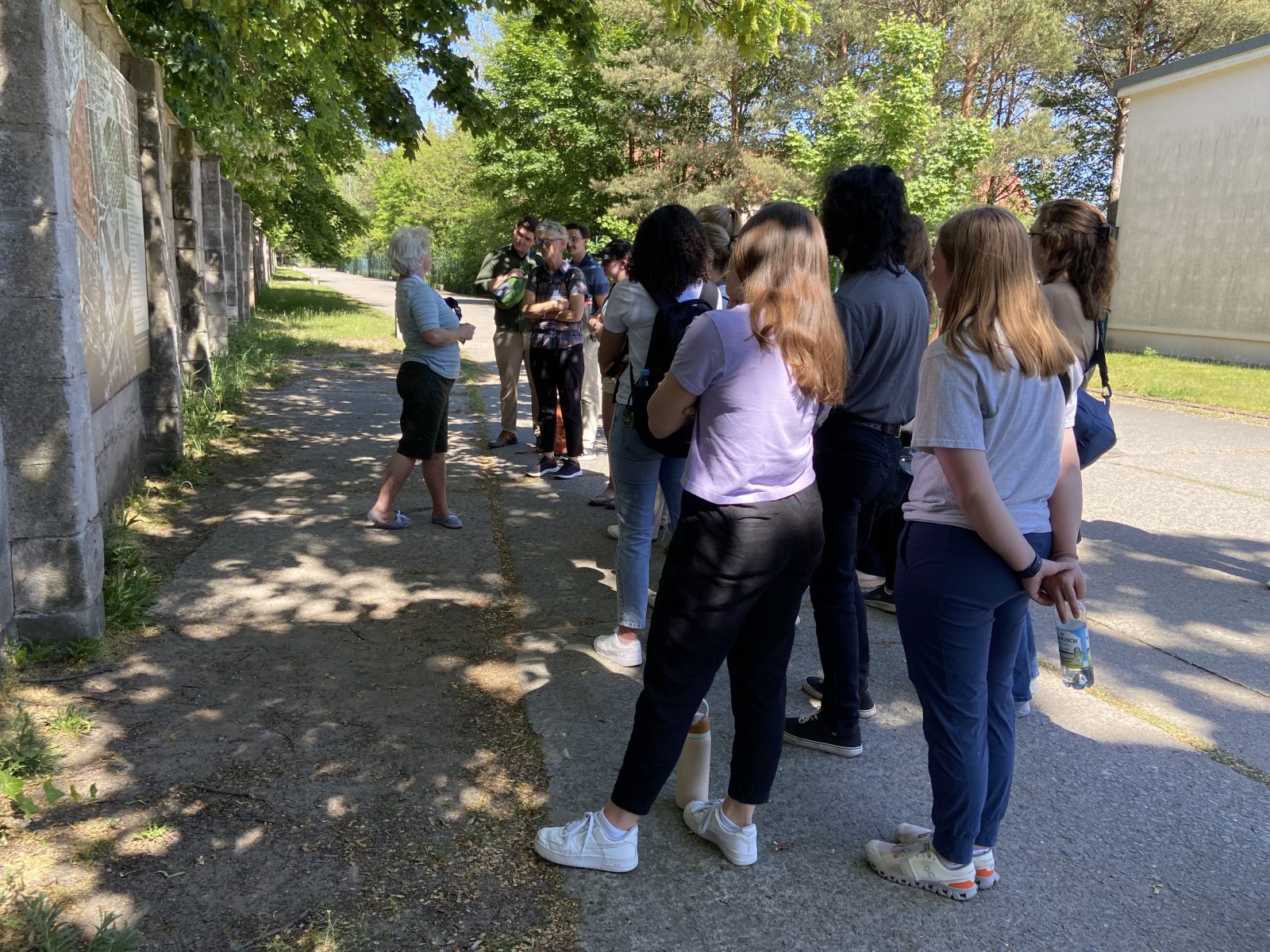
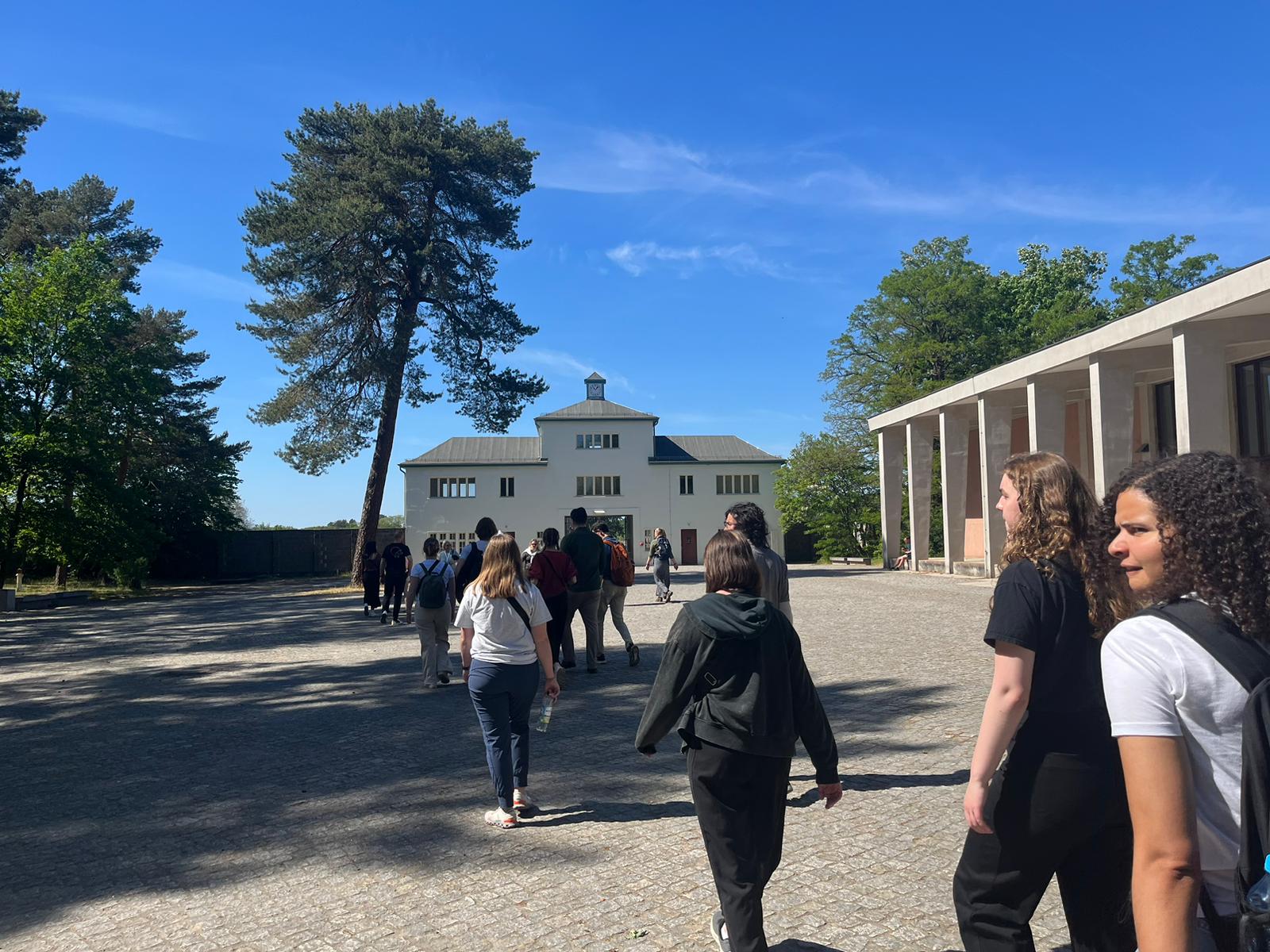
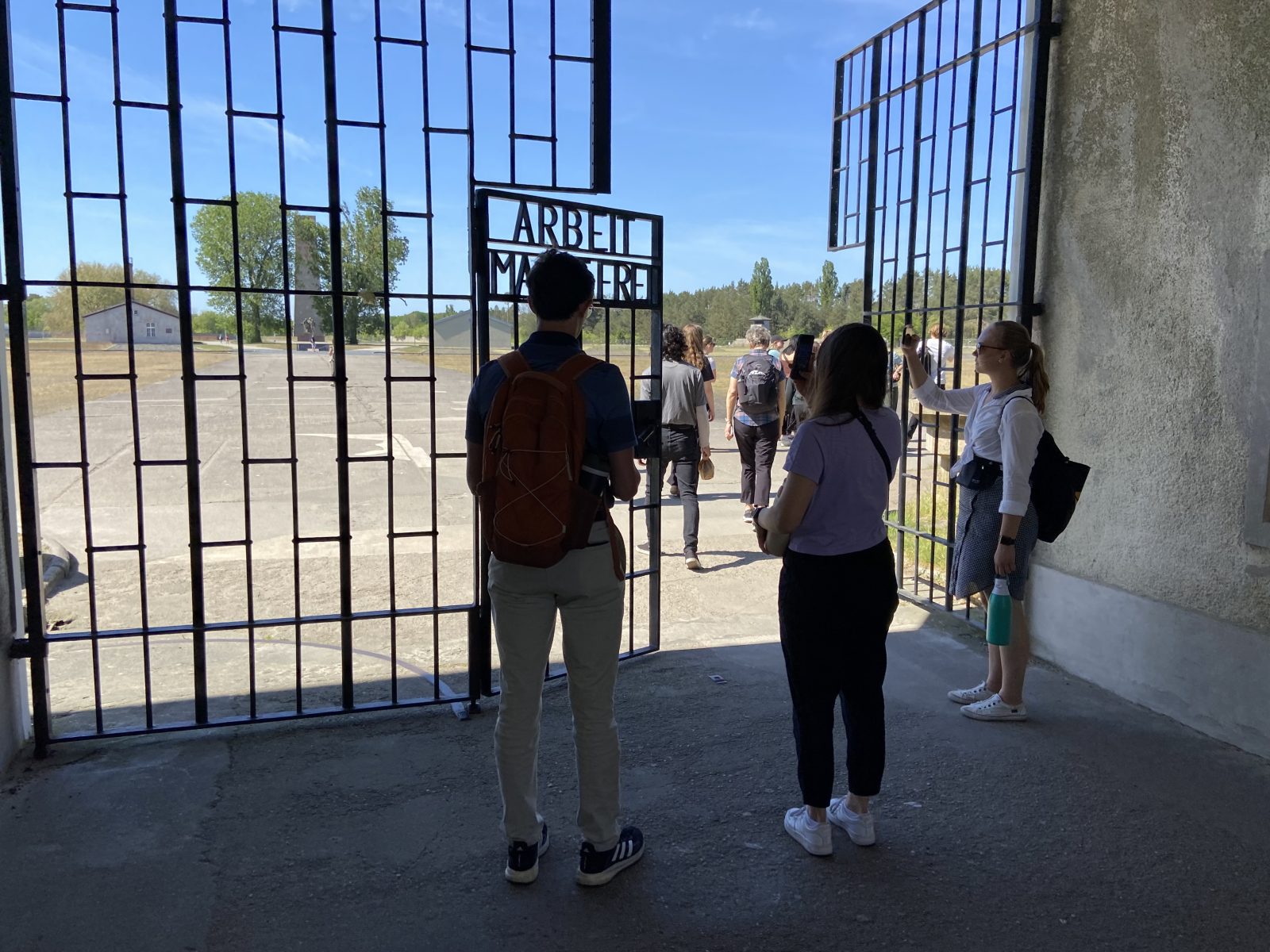
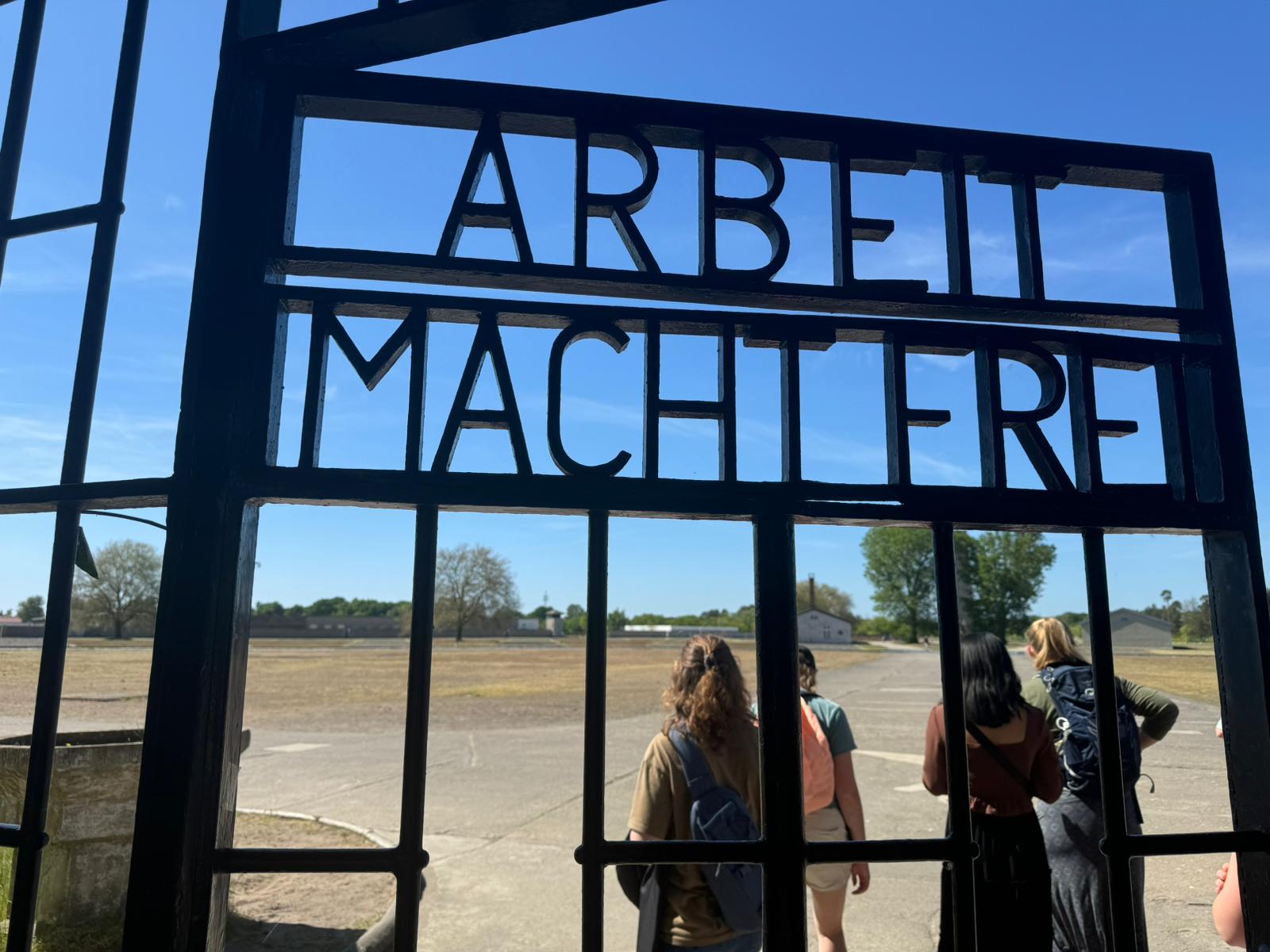
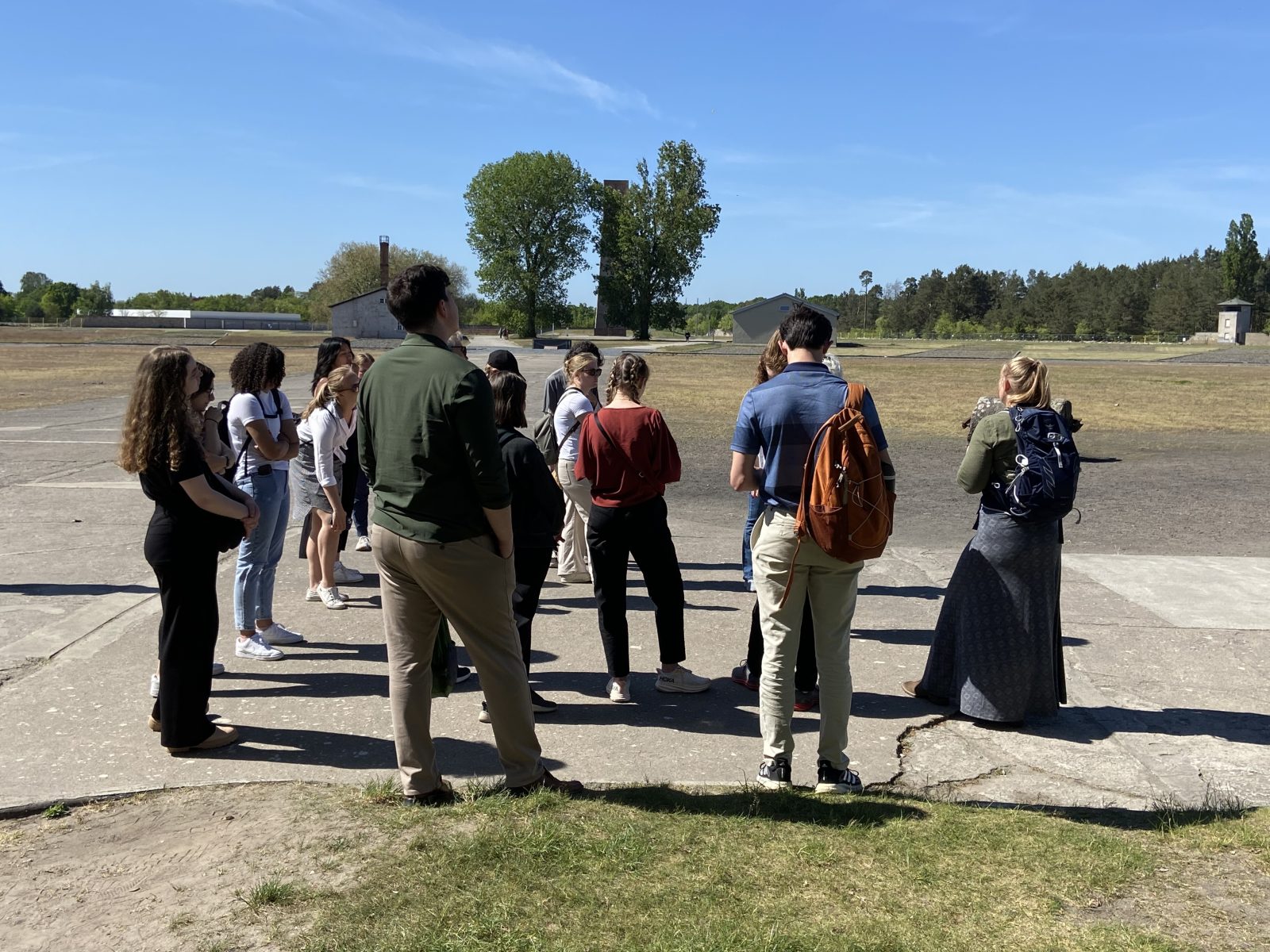
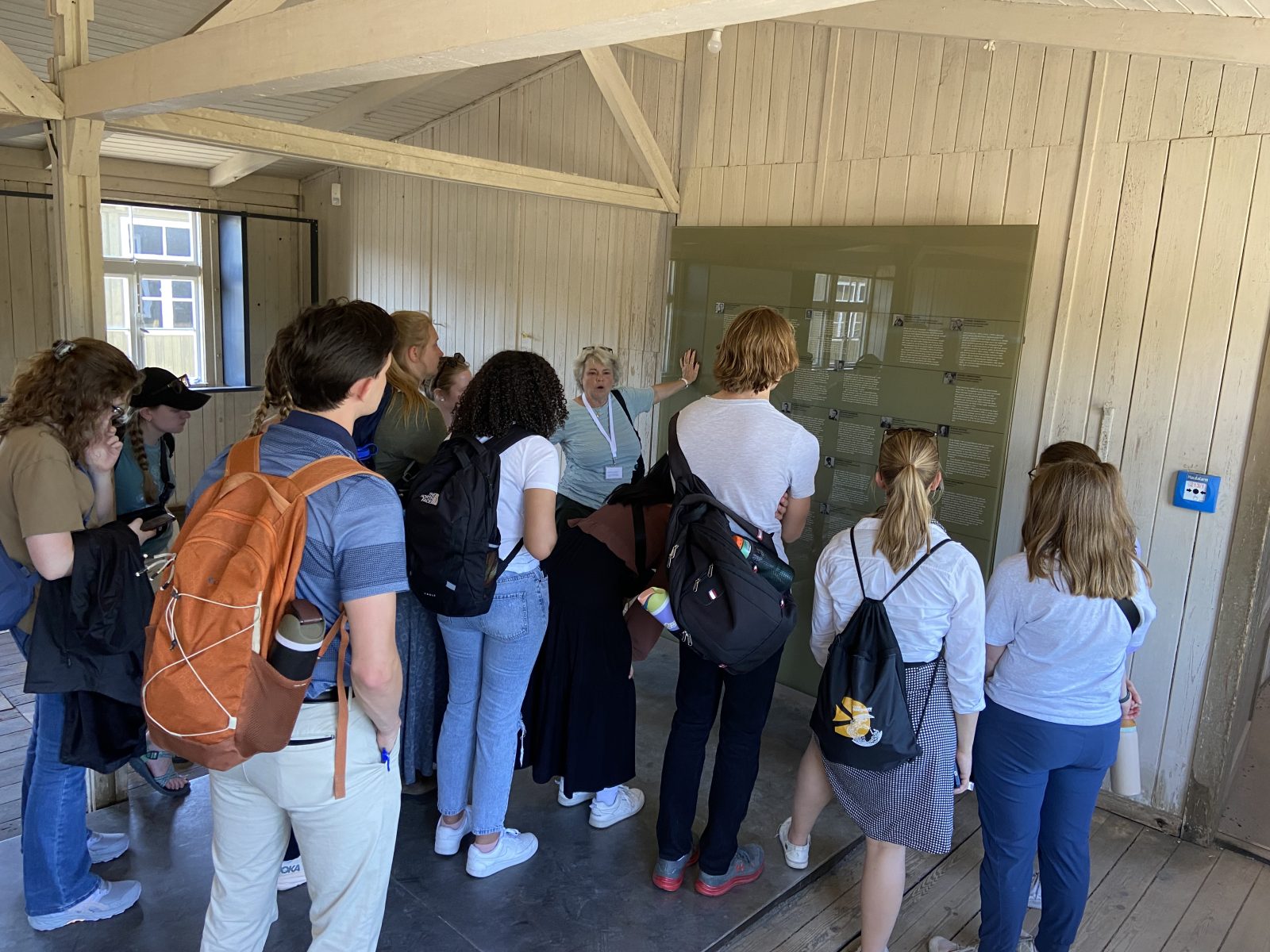
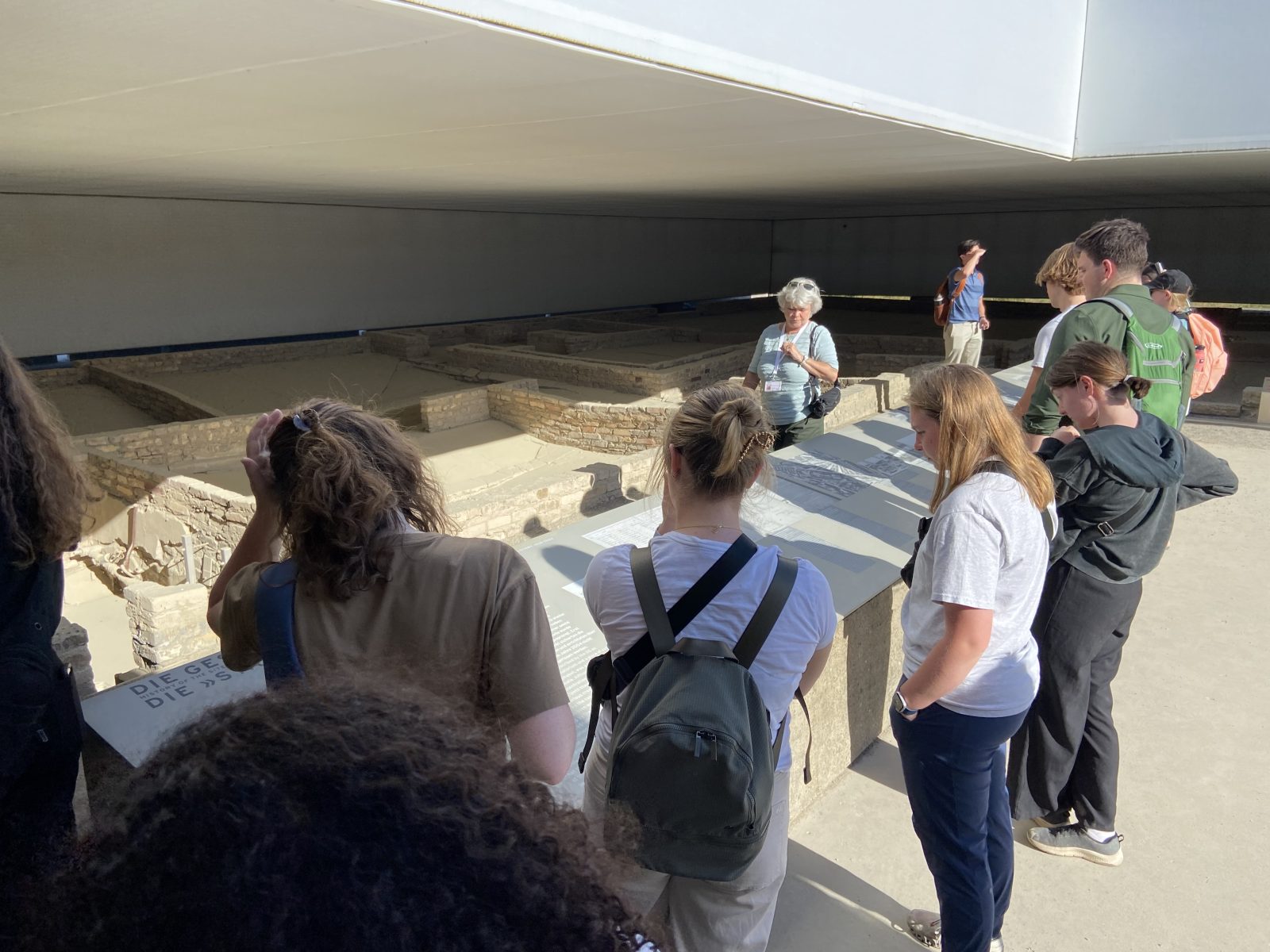
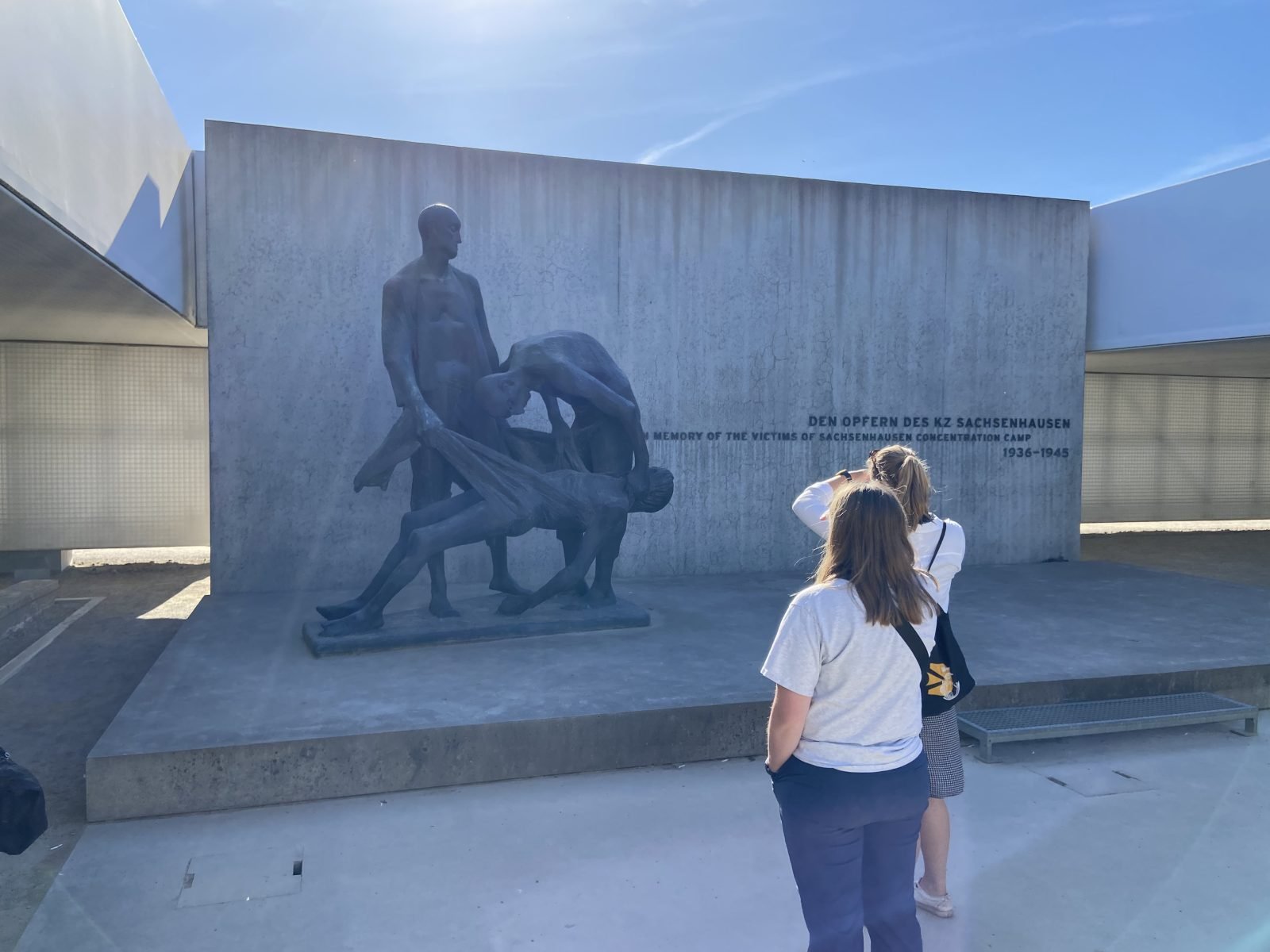
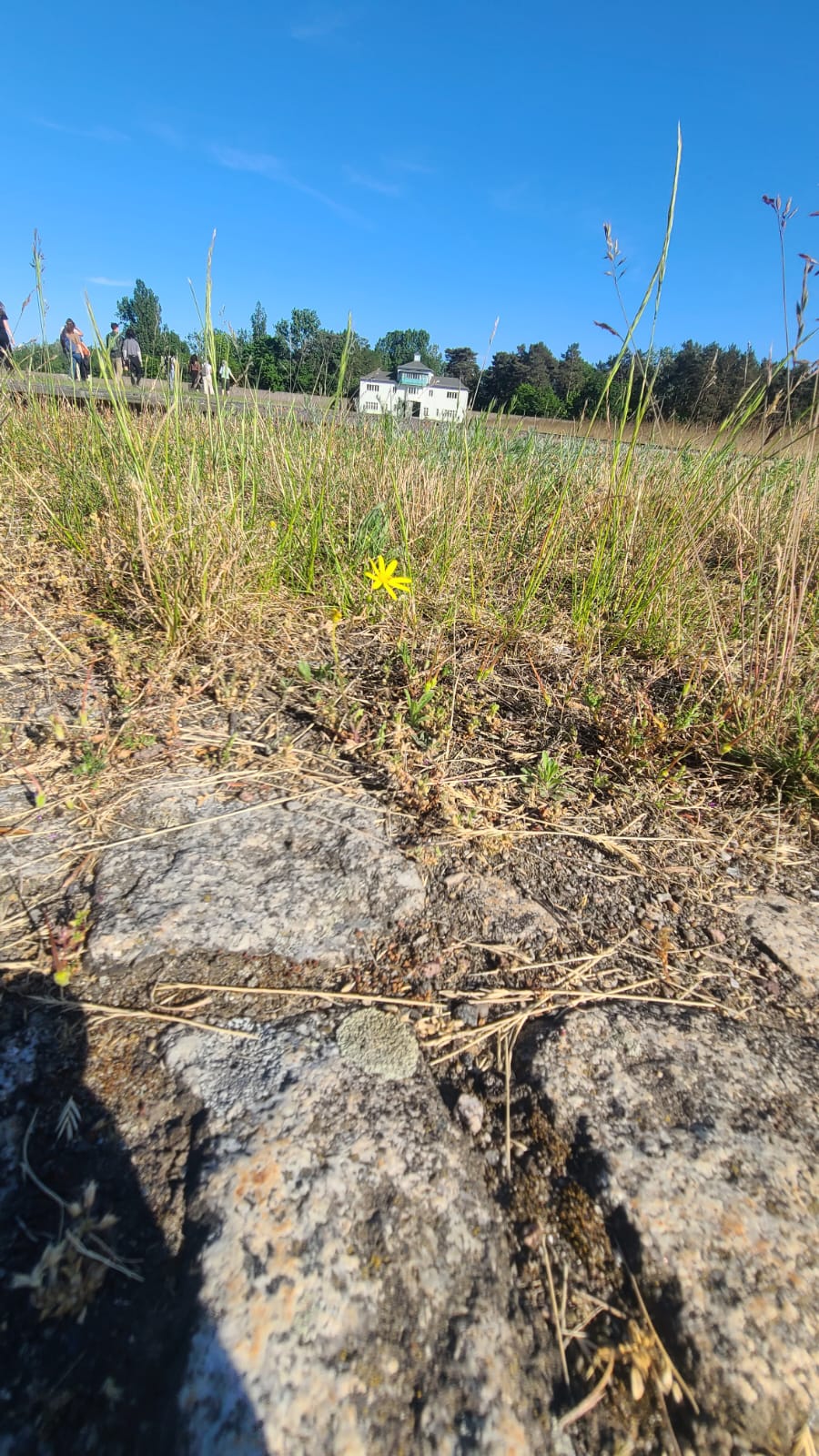
On Tuesday, we ventured farther north to one of the other area concentration camps liberated by the Red Army (and used for military purposes until 1990), the Ravensbrück Concentration Camp. This camp housed the largest assembly of female prisoners in the Nazi camp system. Although male SS officers were ultimately in charge, the functioning inside the camp was fully managed by female wardens, so-called SS-auxiliary personnel. (These two large camps, plus Buchenwald to the south of Berlin, were the three main concentration camps on German soil that fell into Soviet hands at the end of the war.) Our guide, Ricarda Rogalla, walked us through many of the unique issues associated with a women’s camp. She also found time to give us a little insight into the spiritual boldness and faithful witness to Christian faith that was demonstrated by the Ten Boom sisters (Betsy and Corrie). Several of the students are familiar with this story. Pictures are below.
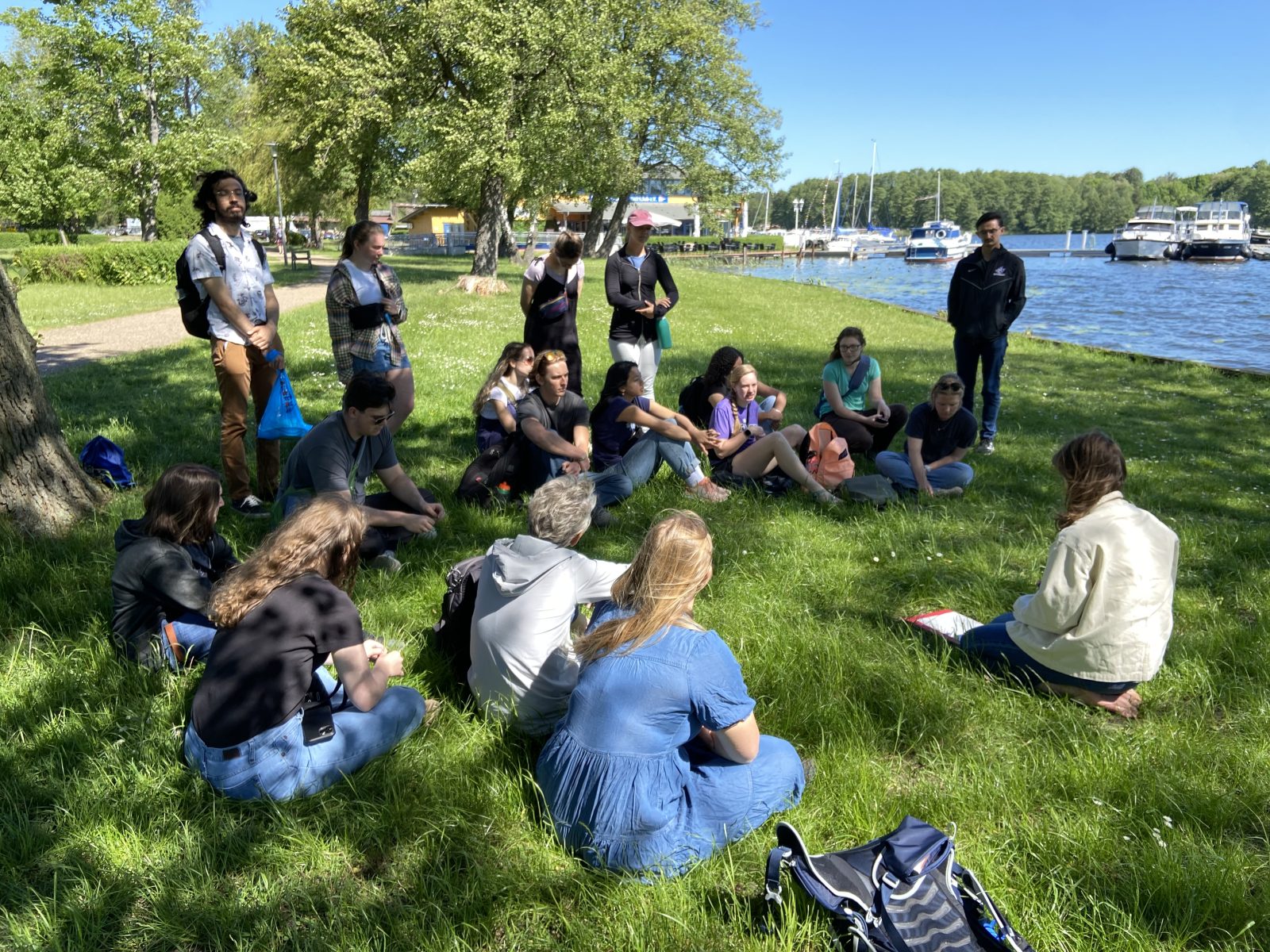
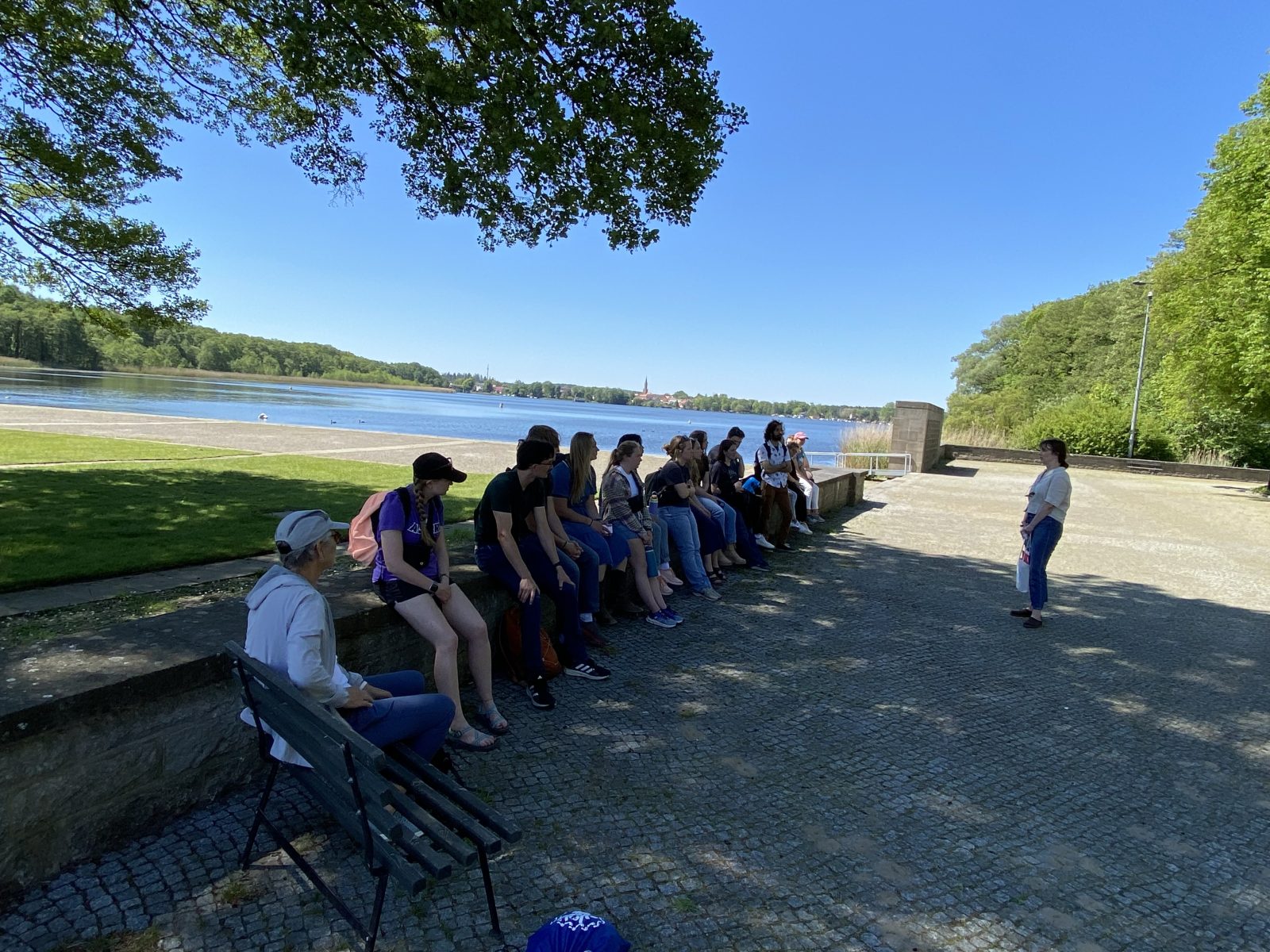
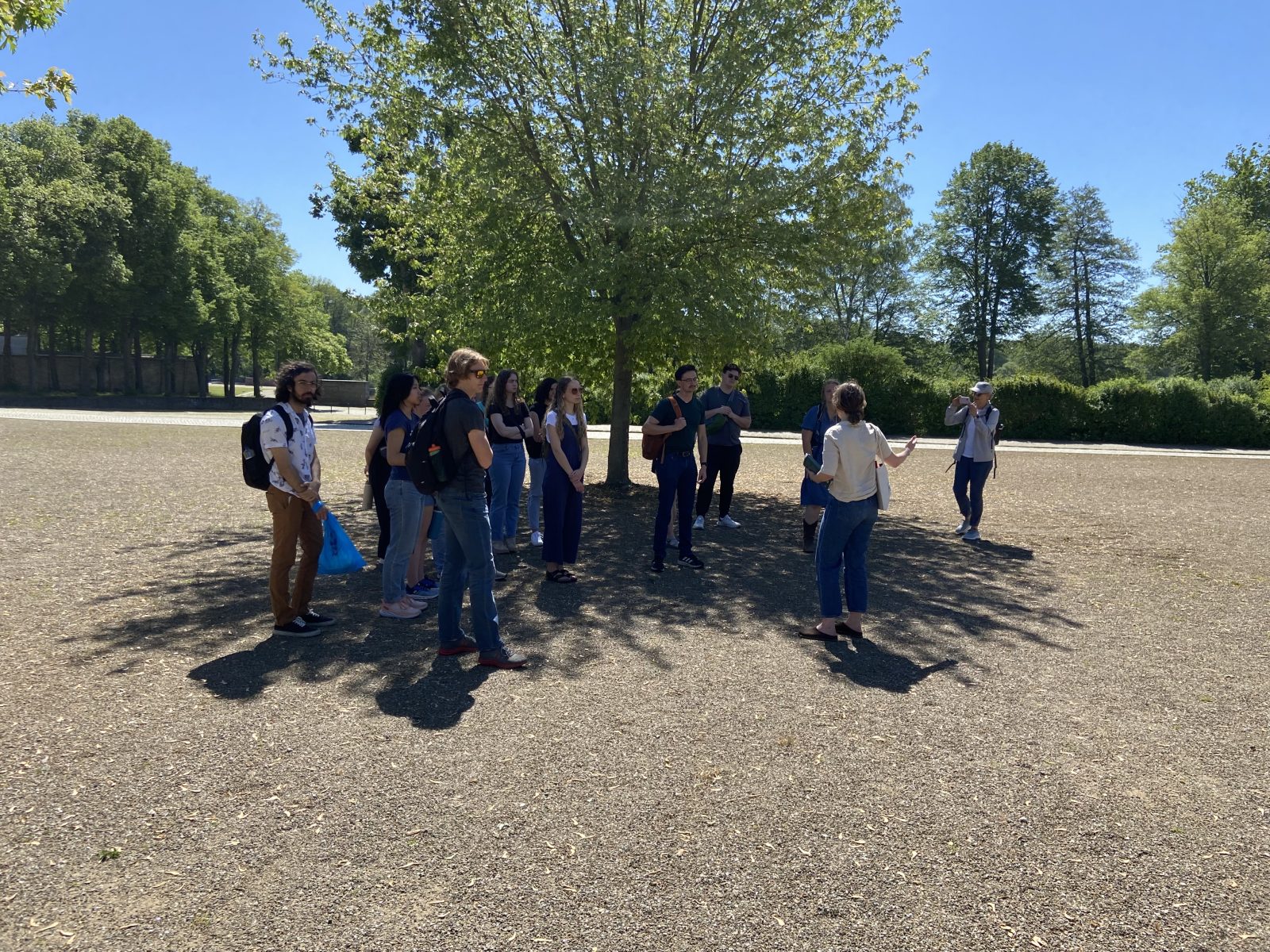
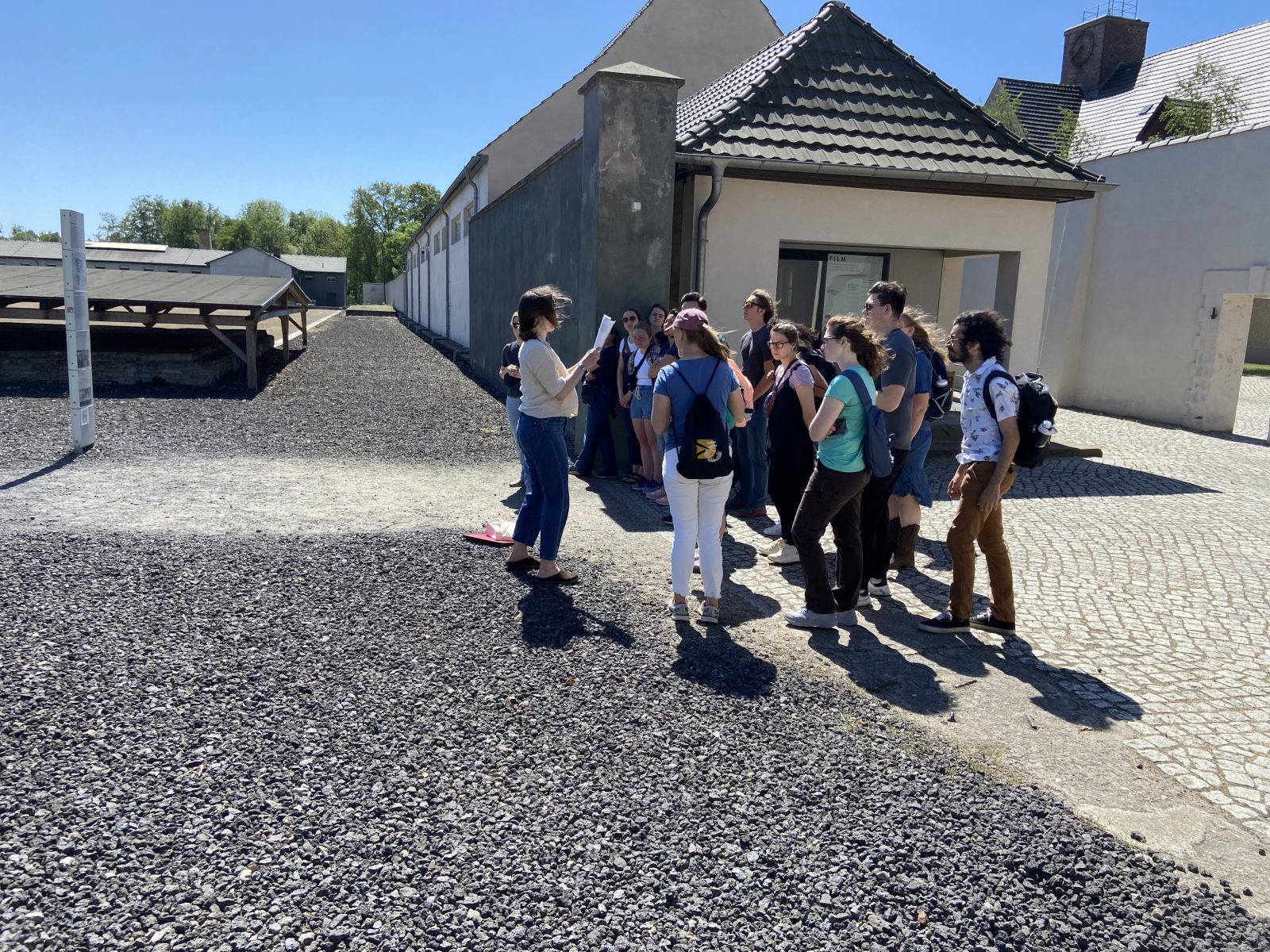
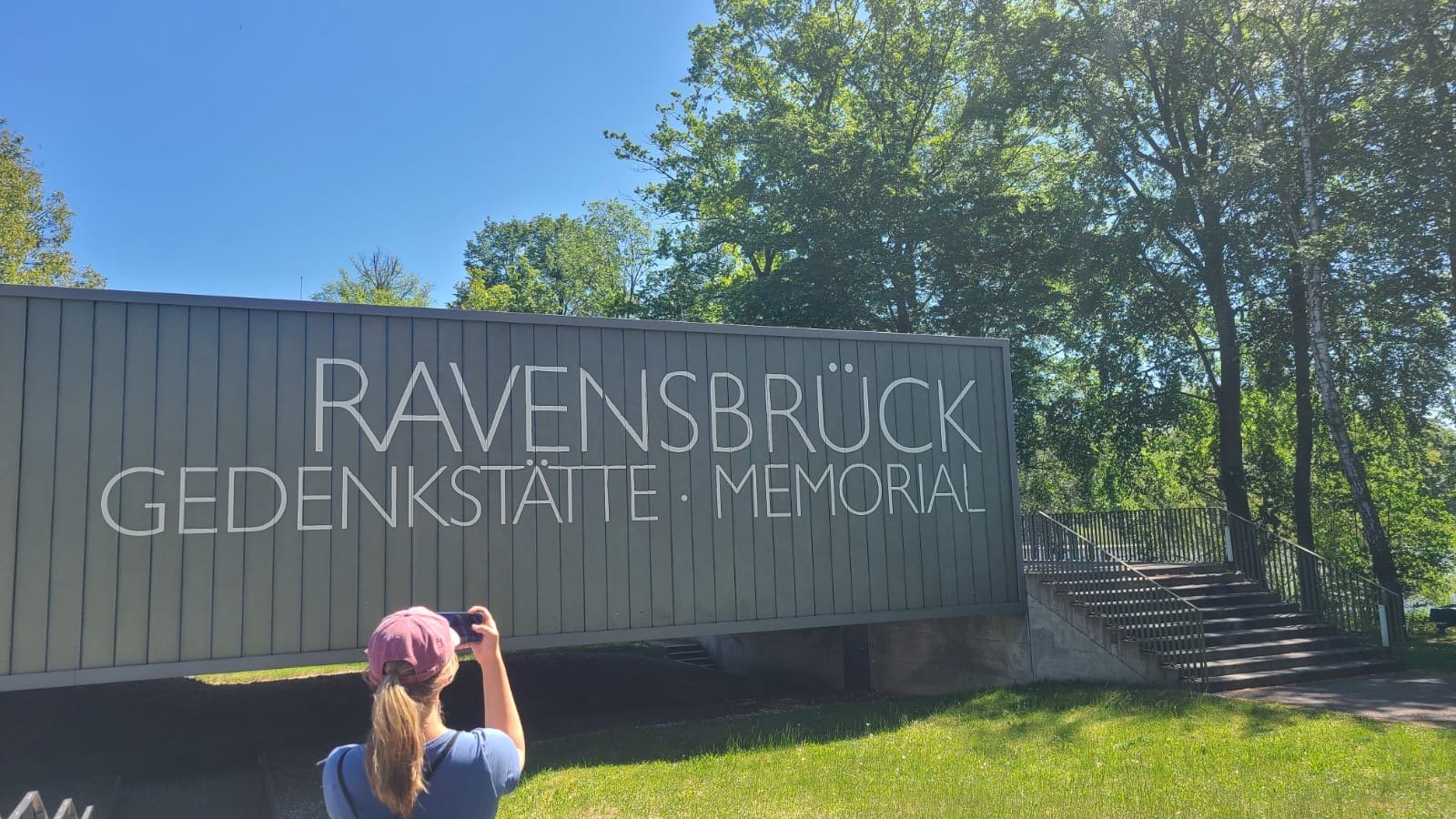
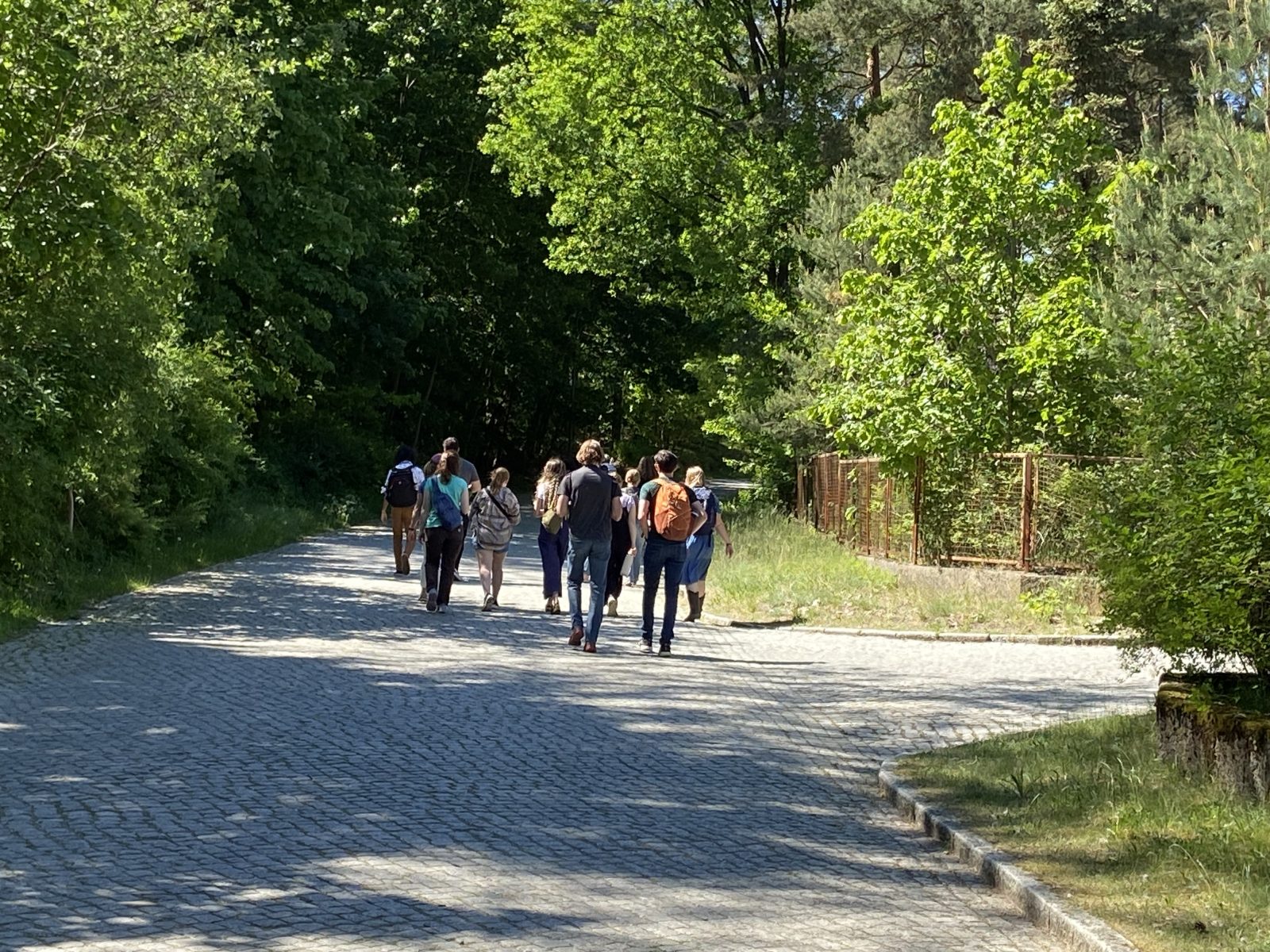
Tomorrow is free Berlin – our last day in the German capital before we make our way to Kraków. About half of us are going to venture outside of the city, thanks to some recent contacts I have made, to a memorial in development, Alt Rehse. This location was a special leadership training facility for medical personnel (doctors, nurses, midwives) in the Third Reich. The purpose was to create an army of doctors who were to manage the health of the German Volk, as a whole – each individual being thought of as a cell in this larger (and infinitely more important) biological entity. A full report will come tomorrow!